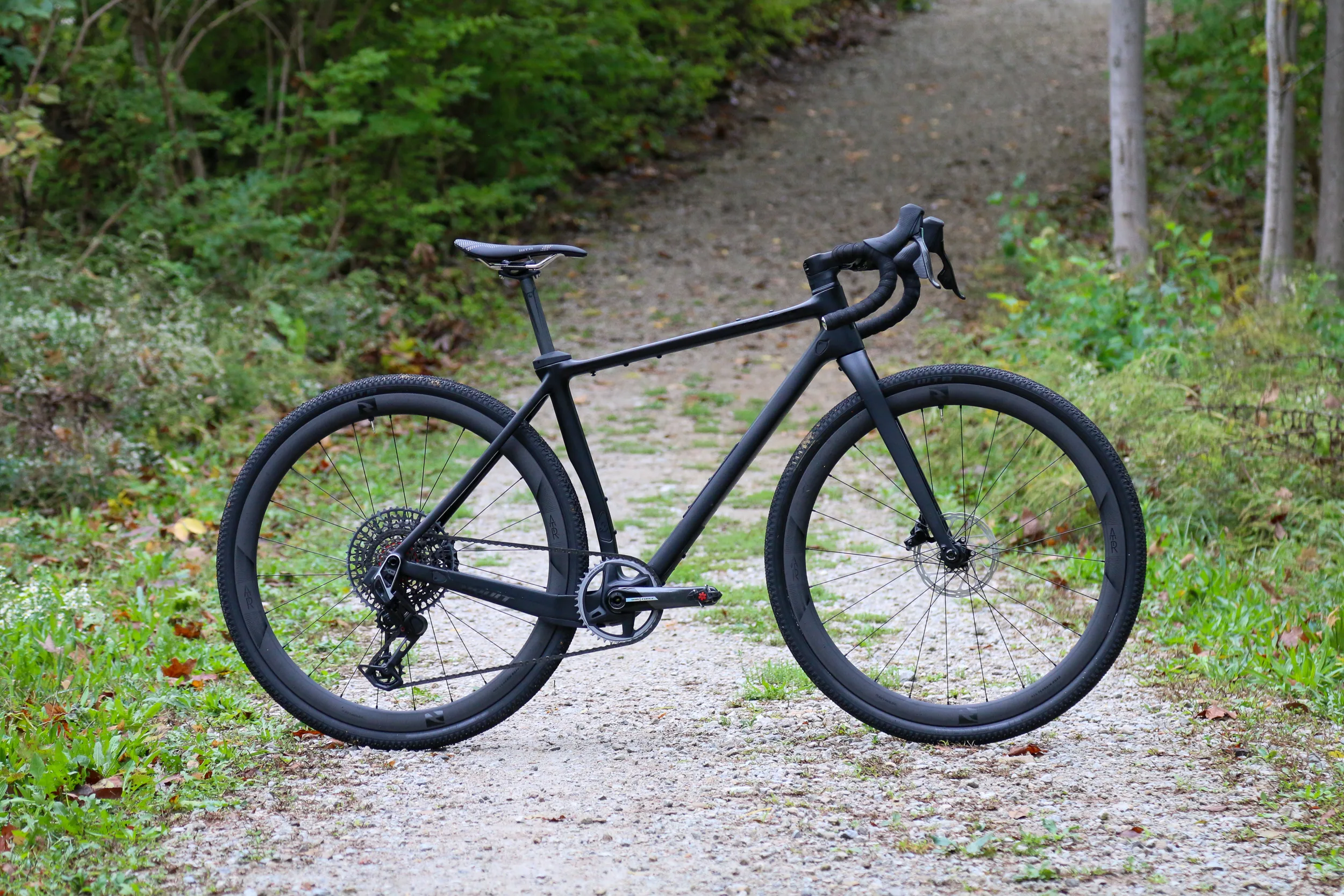When I think of Pivot Bikes, high-end mountain bikes are the first things that come to mind. The Arizona-based brand has molded itself into one of the leading players in premium mountain bikes. Yet, they’re no stranger to skinnier tires with a cyclocross/gravel bike that dates back almost ten years now. That bike is the Pivot Vault, and it just recently got another major update.
Now completely focused on the world of gravel, the Vault Gen 4 doesn’t follow in the footsteps of other mountain bike brands that have entered into the world of gravel with ultra-slack, drop-bar mountain bikes. Instead, the newest Vault seems to ride straight down the middle with a design that is part racing, part adventure, but all Pivot.
Redesigned Iso Flex
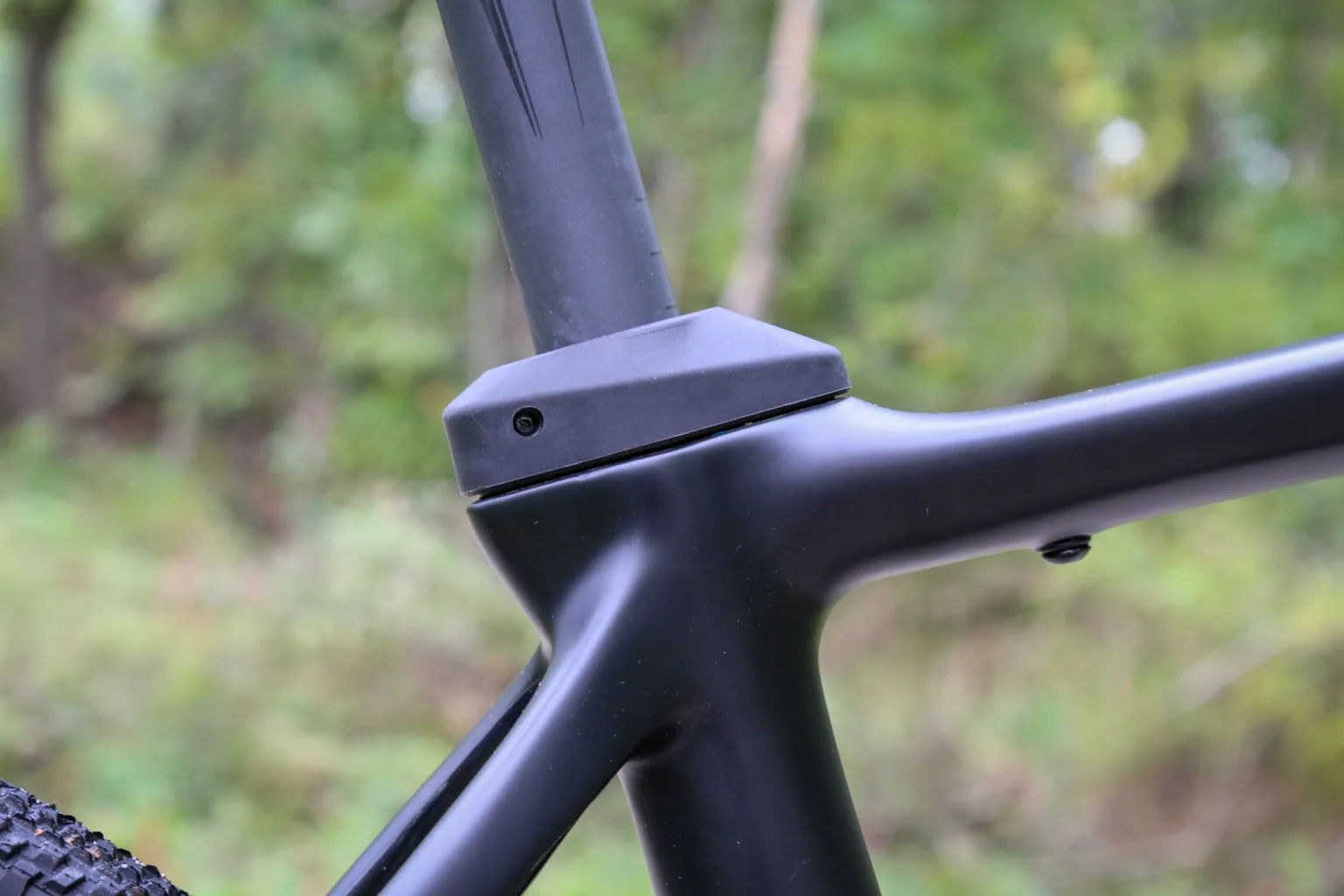
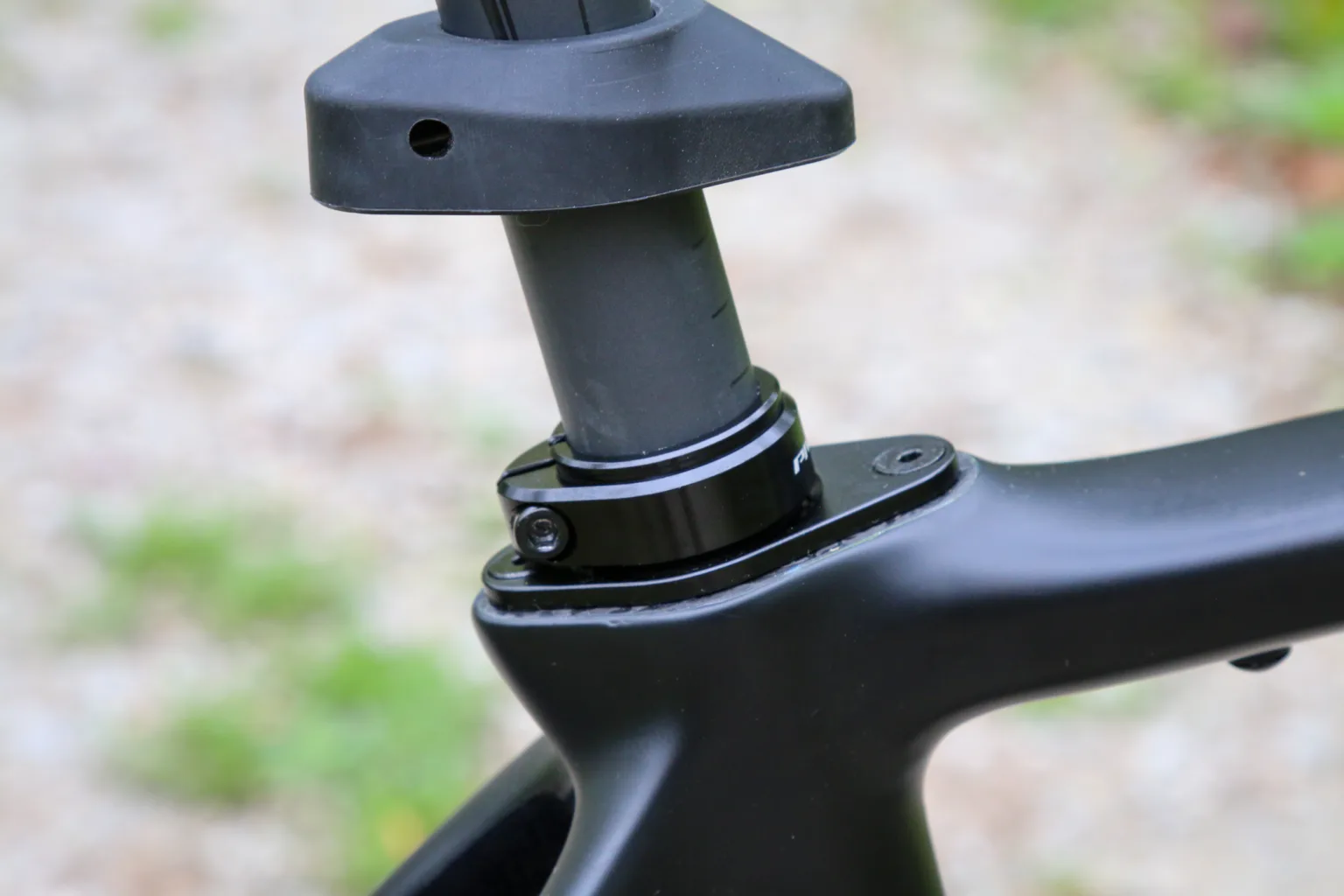

Following the recent design language of their mountain bikes, the Gen 4 Vault gets less swoopy and more angular while adopting a more svelte profile. Pivot worked to reduce the visual impact of their Iso Flex seatpost damper, but it’s still noticeable. However, unless you know what you’re looking for, most people would overlook the elongated seat tube as some type of aero touch rather than a hidden elastomer sleeve for the seat post. Part of the ability to make the Iso Flex smaller is a move to a 27.2mm seatpost. Smaller diameter rigid posts should also add to the compliance of the bike a bit, though it is slightly limiting in terms of dropper post choice. The Iso Flex assembly can be serviced with just Allen wrenches, though there is a process that you should follow, outlined by Pivot.
As far as the ride quality for the Iso Flex, it never feels like a suspension seatpost – in a good way. The distance from your saddle to the pedals never changes, but the elastomer does seem to take the edge off bumps and vibrations. I would be curious to ride the exact same frame with and without the Iso Flex system (if that were possible) to see how much it really did change the ride, but barring that, it seems like a good addition. The Vault is still plenty light at 18.25lb (8.28kg) as pictured without pedals, and while eliminating the Iso Flex may save a bit of weight, I think more riders will be happier with a more comfortable ride.
Cable Routing Options
Another big factor in the visual impact of the frame is the multiple cable routing options. Those wanting the sleekest look can opt for a fully internal cable routing setup with the hoses running under the stem (through a lower cover) and headset. If you’d prefer a more traditional routing where you don’t have the cut the brake line to service the headset, you can use the Pivot Cable Port System to run the cables, which is still internal but bypasses the internal routing at the headset. One of my favorite touches here is that the bikes ship to the dealer without the cables and hoses run, so you can figure out your fit and decide which way you want the cables run for your first ride.
Geometry & Fit

My review bike was set up with the cables routed internally through the Pivot Gravel Stem and Token C-Box headset, but it was shipped directly to me from Pivot, and I had given them my measurements ahead of time. The fit was dialed out of the box as a result and is one of my favorite aspects of the bike. Going off the reach numbers and comparing the overall geometry to some of the other gravel bikes I’ve ridden, I opted for the small frame which seems right on the money(I’m 5’8″ with a 690mm saddle height for reference). Pivot added an additional frame size for the Vault, giving riders a better chance for a perfect fit – for the full geometry chart, check out our first post here.
I’ve ridden a lot of gravel bikes over the past years, and it seems that the gravel world in general is still grappling with the ideal geometry and fit. We’ve heard a lot about geometries with longer reach numbers meant for shorter stems, but there are few bikes that I’ve ridden that didn’t end up feeling either too long or too short. The Vault is the first in a while that I jumped on without having to change out the stem.
Semi-integrated Stem

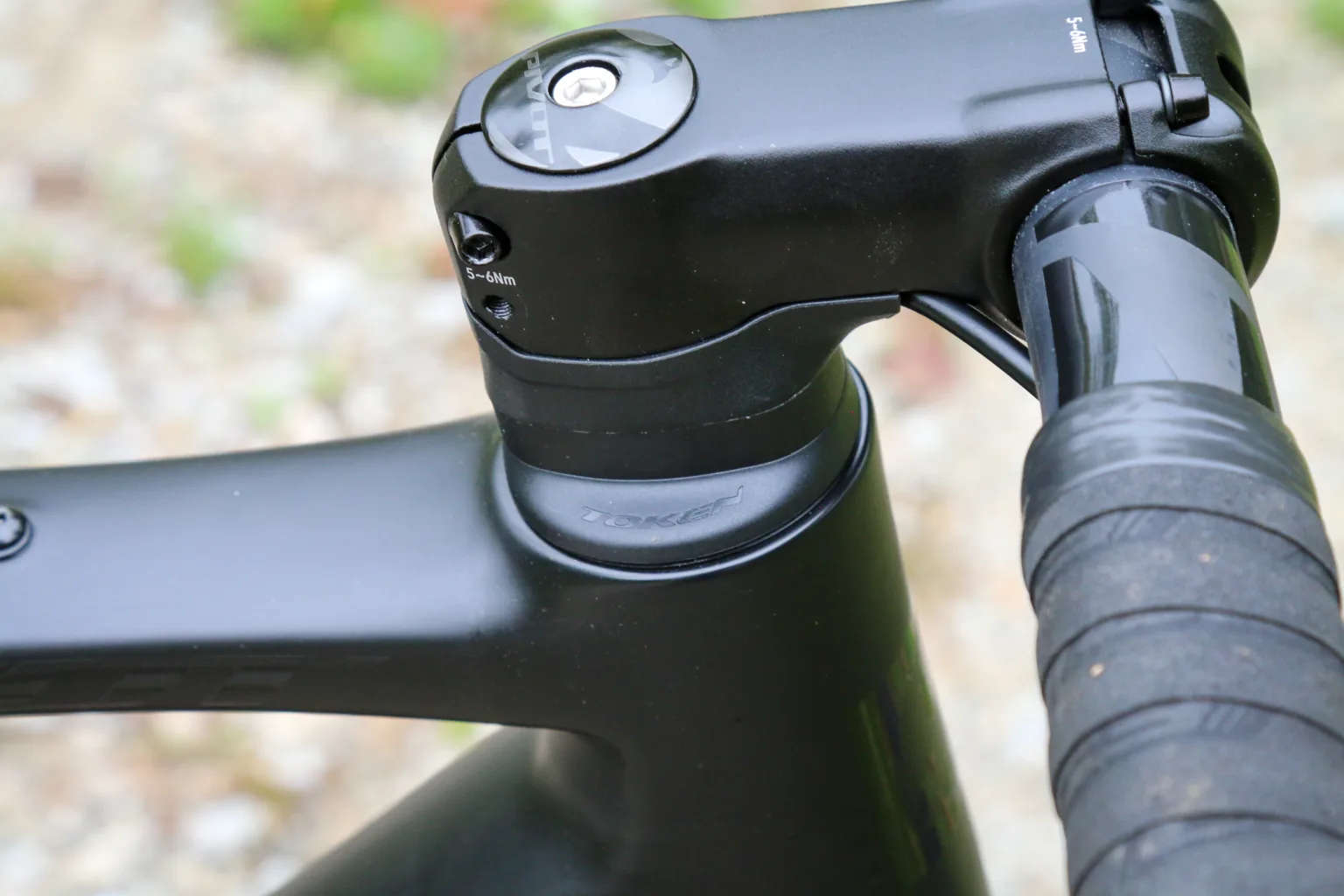
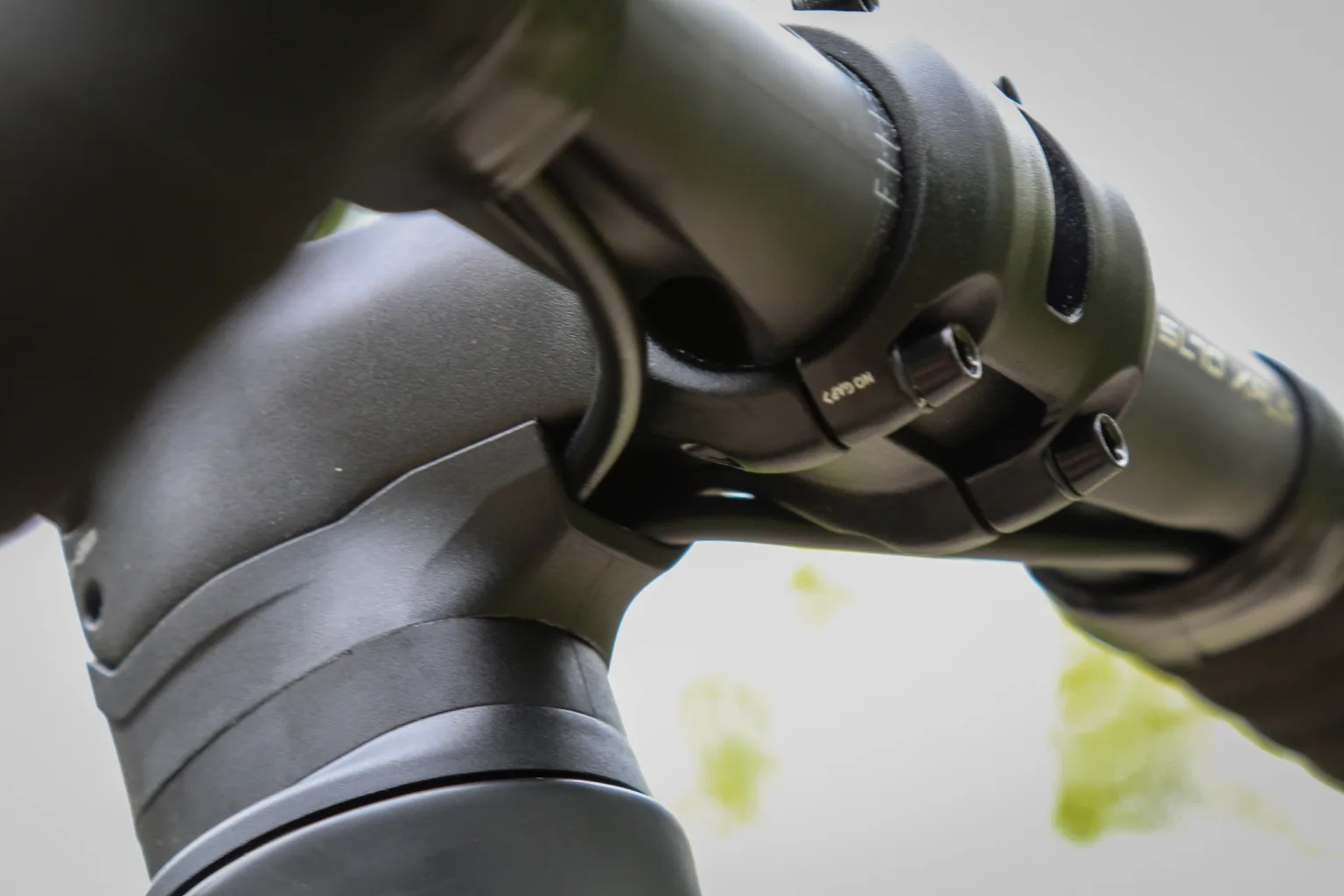

Instead, the 70mm stem and 44cm SL70 XPLR bar felt completely natural and put me in an aggressive yet comfortable position. That roughly sums up the entire bike – it’s a bike that clearly is built for going fast if you want to, but it’s just as happy cruising at a comfortable pace for an extra-long day in the saddle.
Plenty of Mounts
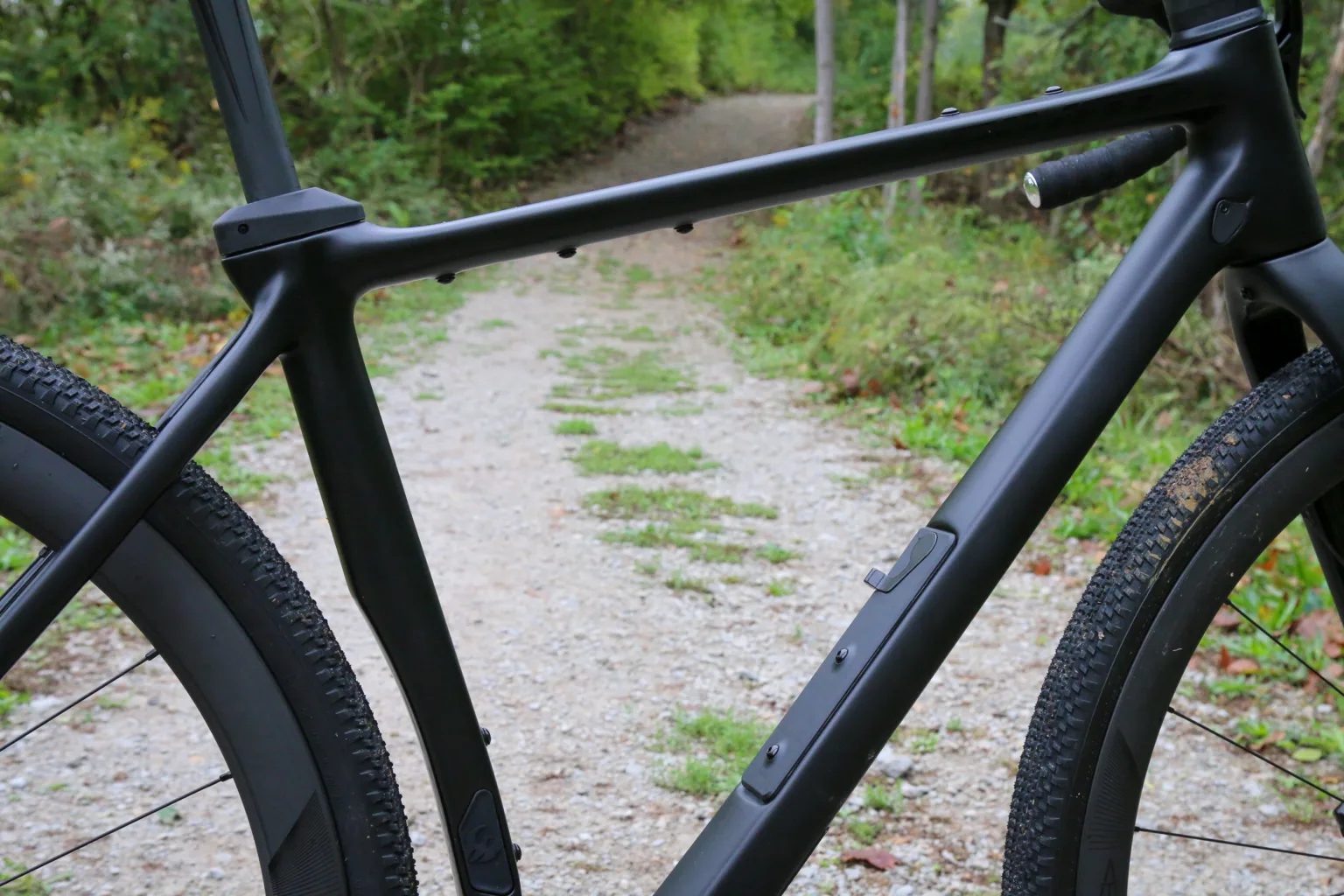
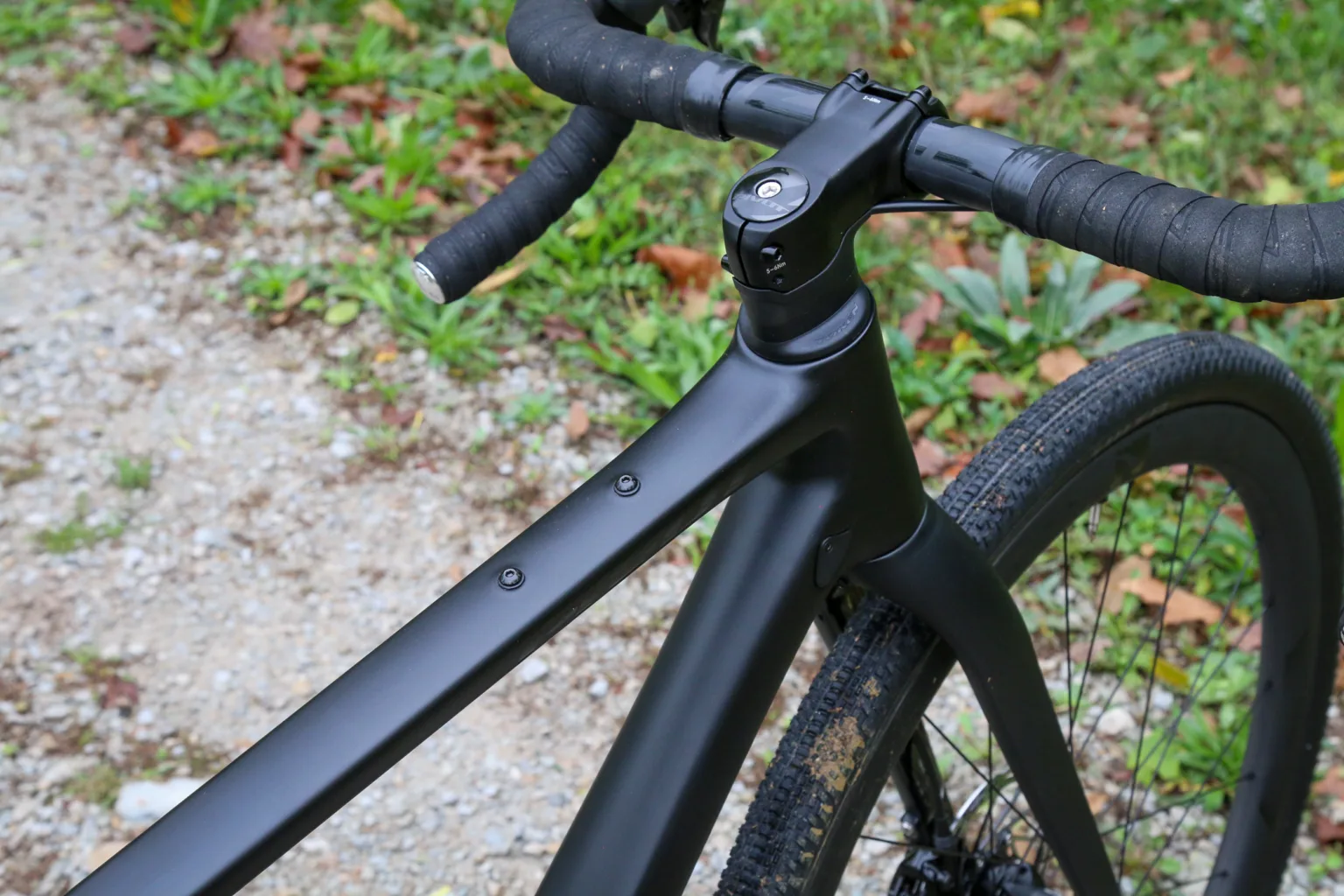

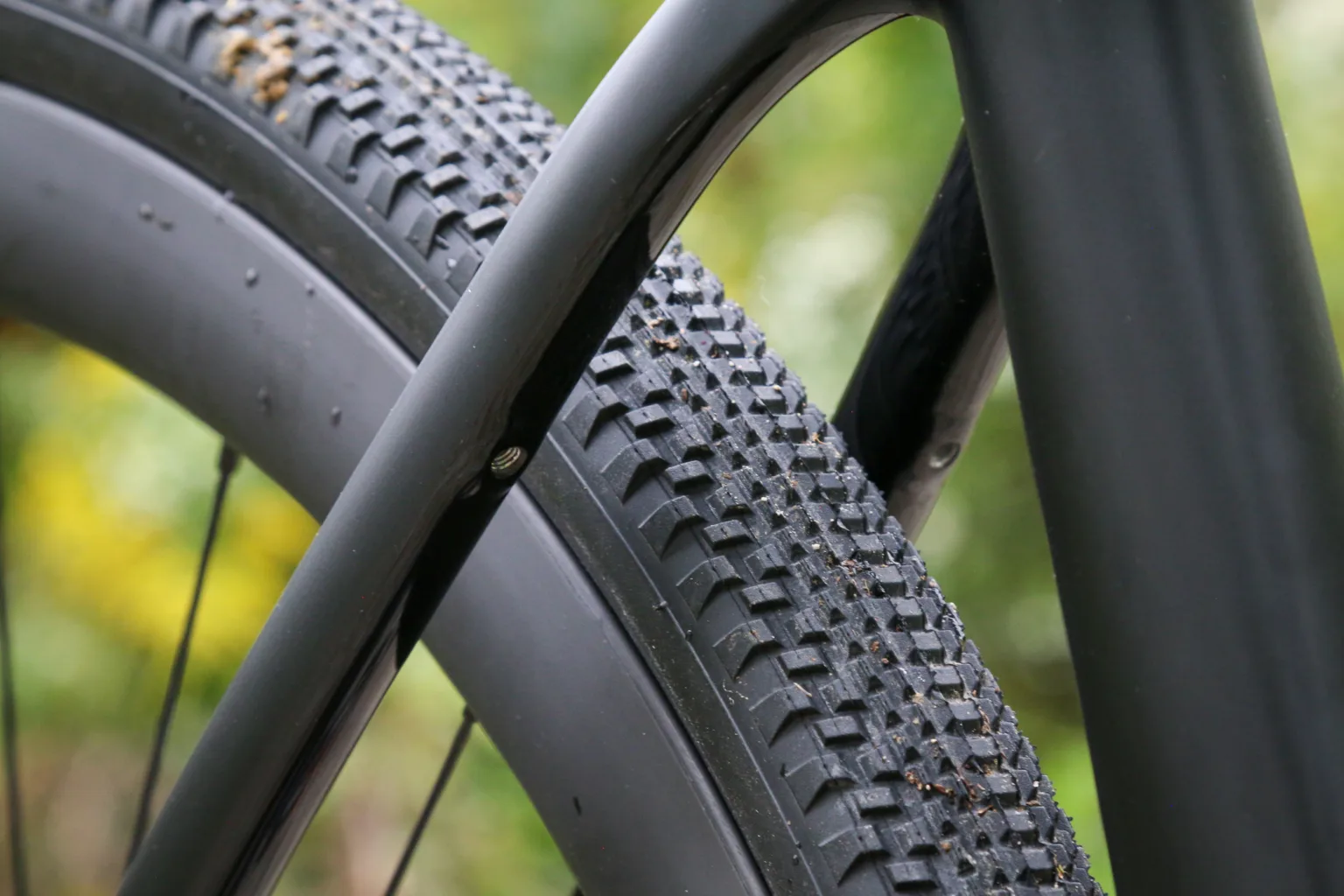

Along those lines, the Vault is built for carrying all the water and accessories you may need, short of internal dynamo routing. Unlike the larger frames, which can hold up to five water bottles, my small frame has one set of two on the top and bottom of the downtube and one set on the seat tube. There’s also a set of three mounts under the top tube, and a set of two behind the stem. Pivot did not include braze-ons for the fork legs, but the frame and fork do have removable mounts for full coverage fenders. That fork is also now “suspension corrected” with a 415mm axle-to-crown measurement and 52mm offset, which should work well with current gravel forks offering 30-40mm of travel.
Pivot ToolShed In-frame Storage



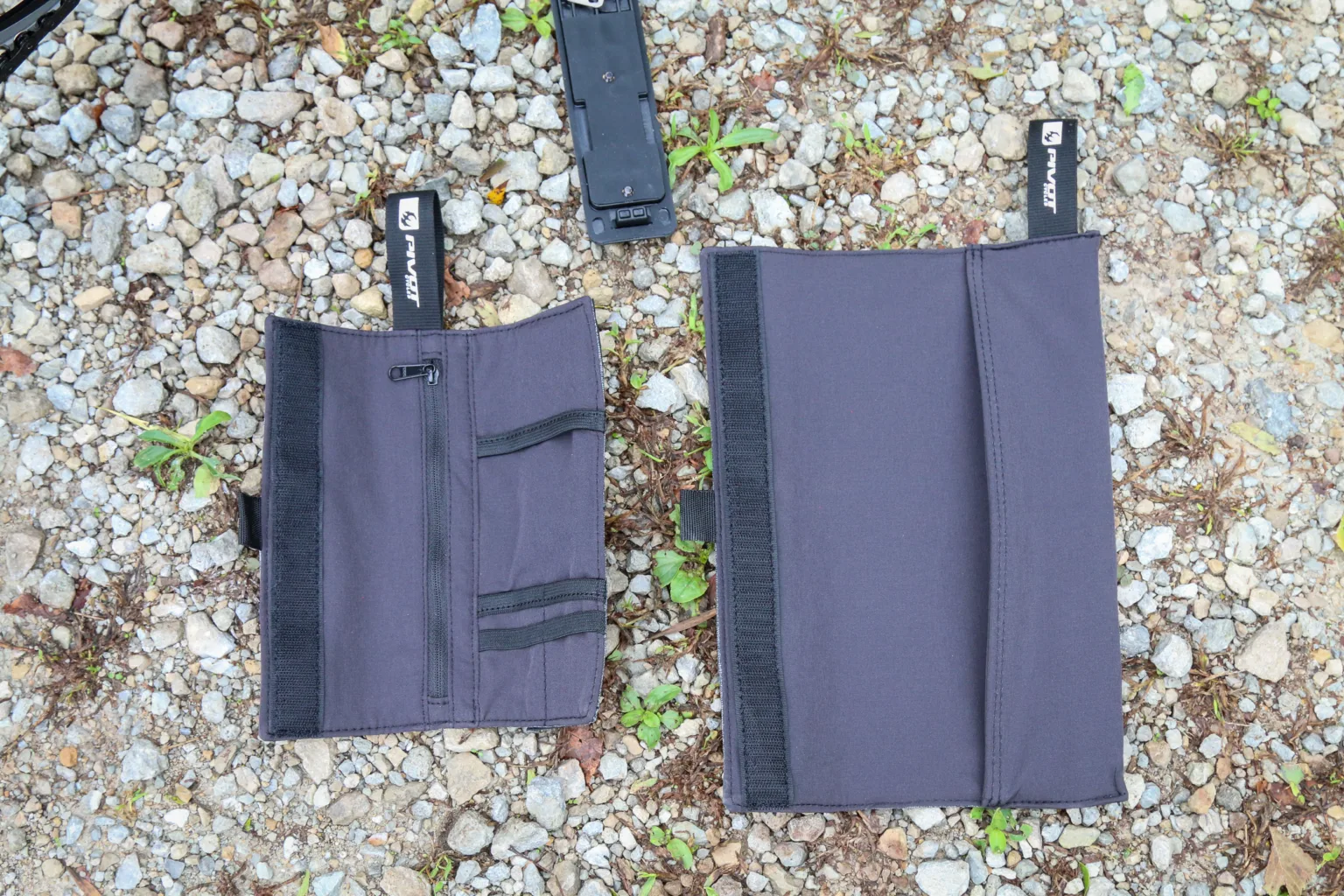
For additional storage, Pivot is introducing its ToolShed storage system hidden in the downtube. The storage door, which serves as the bottle cage mount on the downtube, opens and closes easily with a simple latch. The system is well designed, but it is limited by the relatively small diameter of the downtube. Pivot includes two storage bags with the system, but you’ll have to pack them smartly with smaller tools for them to fit inside the downtube. I was able to fit a Tubolito spare tube in one bag, and a flat Shimano PRO multitool and a Dynaplug Racer Pro plugger tool in the other. I could probably fit a few more things in there, but as it is, it’s a tight squeeze to get the bags in and out of the frame.

Fortunately, the underside of the ToolShed door also has storage options, including a masterlink holder (perfect spot), and a strap loop so you can mount a tool or small pump directly under the door. I do appreciate the added storage, especially for a tube which may be seldom used. You just have to plan to spend some time initially to figure out your setup and get it dialed in. Ideally, you won’t touch many of these tools for months, maybe years, so it’s nice to have them stored in a place that you don’t have to think about it that’s protected from the elements – just remember to check if anything gets damp on really wet rides.
MTB Transmission on a Gravel Bike
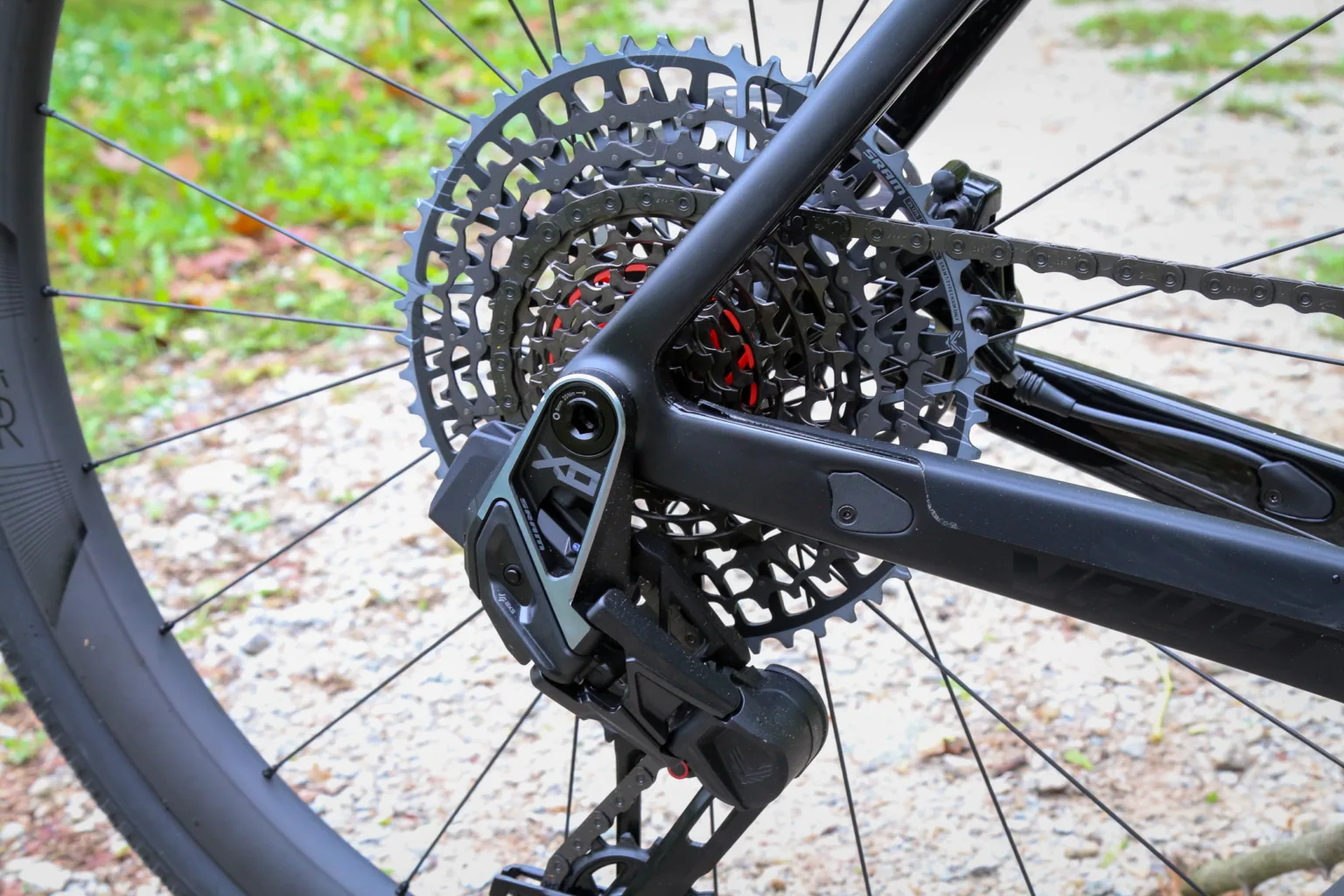
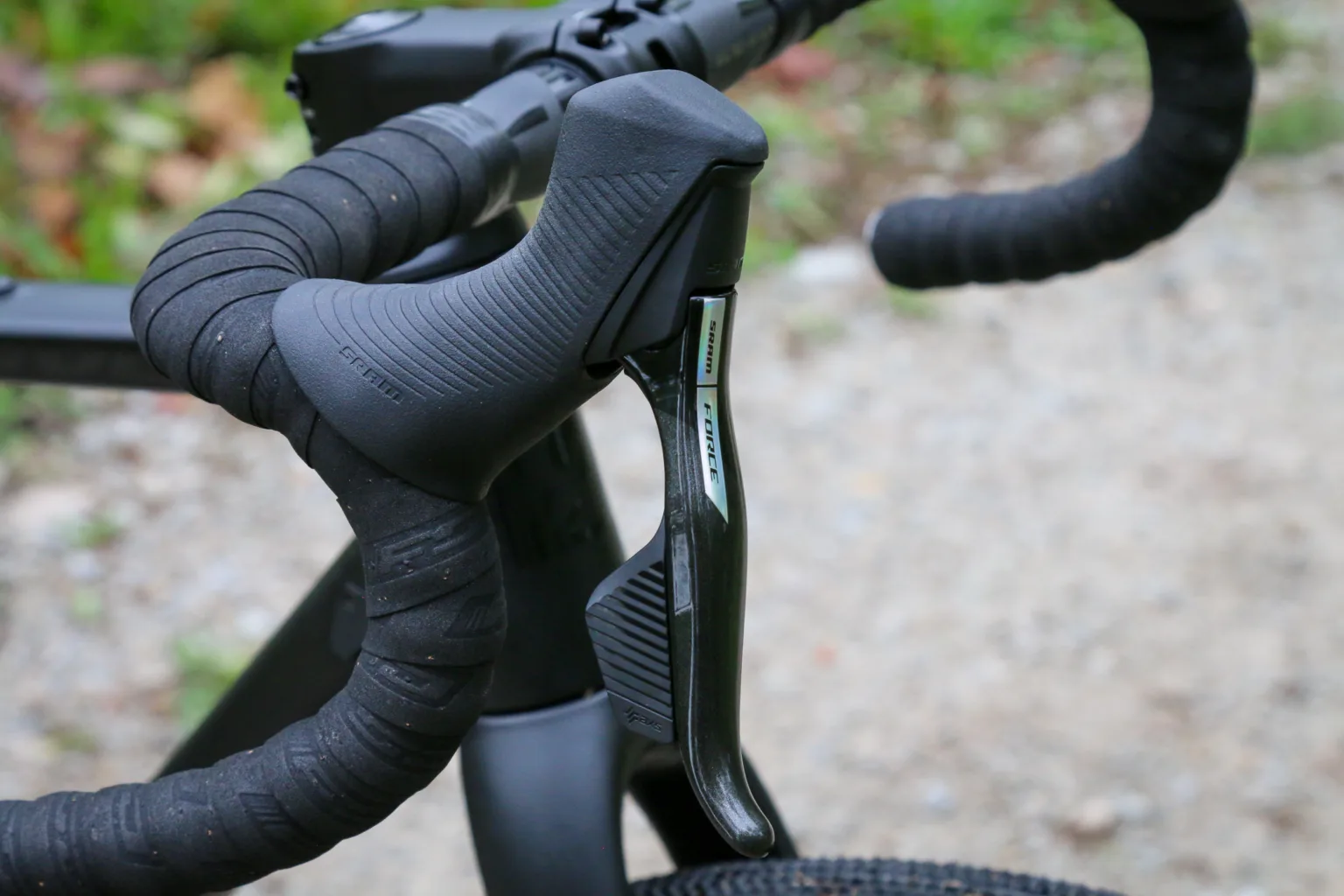
For the build, Pivot sent a Team Force Wide Range AXS build with carbon wheels. That means it has SRAM Force AXS shifters and brakes mixed with an X0 Eagle Transmission rear derailleur and a 10-52t cassette. After spending some time on this build, for the Vault, I think I would go for the Team Force XPLR AXS build instead due to the smaller jumps in the 10-44t cassette. I love having the extra range of that honkin’ cassette, but the Vault loves to go fast, and I’m often left wishing I had a gear between certain gears. Really, I’d love it with the new SRAM RED XPLR 13 speed group with that 10-46t cassette since that seems like it would be the perfect blend of wide range and close gear steps. But that group wasn’t even released when Pivot launched the new Vault, and it’s not offered as a complete build from Pivot yet.
Has Room for Bigger Tires
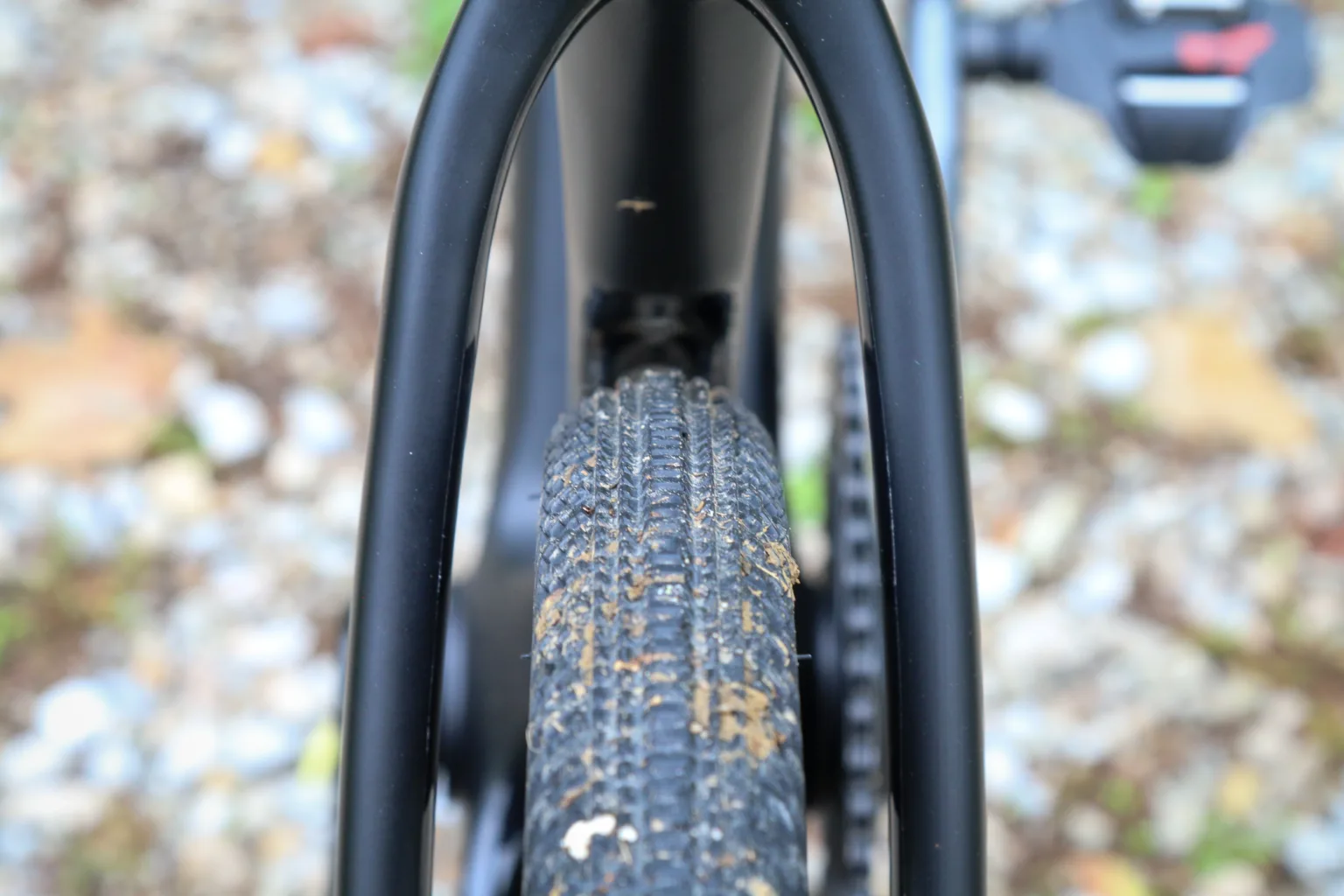


While my review bike was equipped with Reynolds ATR gravel wheels, complete bikes are shipping to customers with the wider Reynolds G700 wheels. These have a 25mm internal width and are a better match for modern gravel tires. That’s important since the Vault has clearance for up to 700c x 50mm tires (and more in the fork).
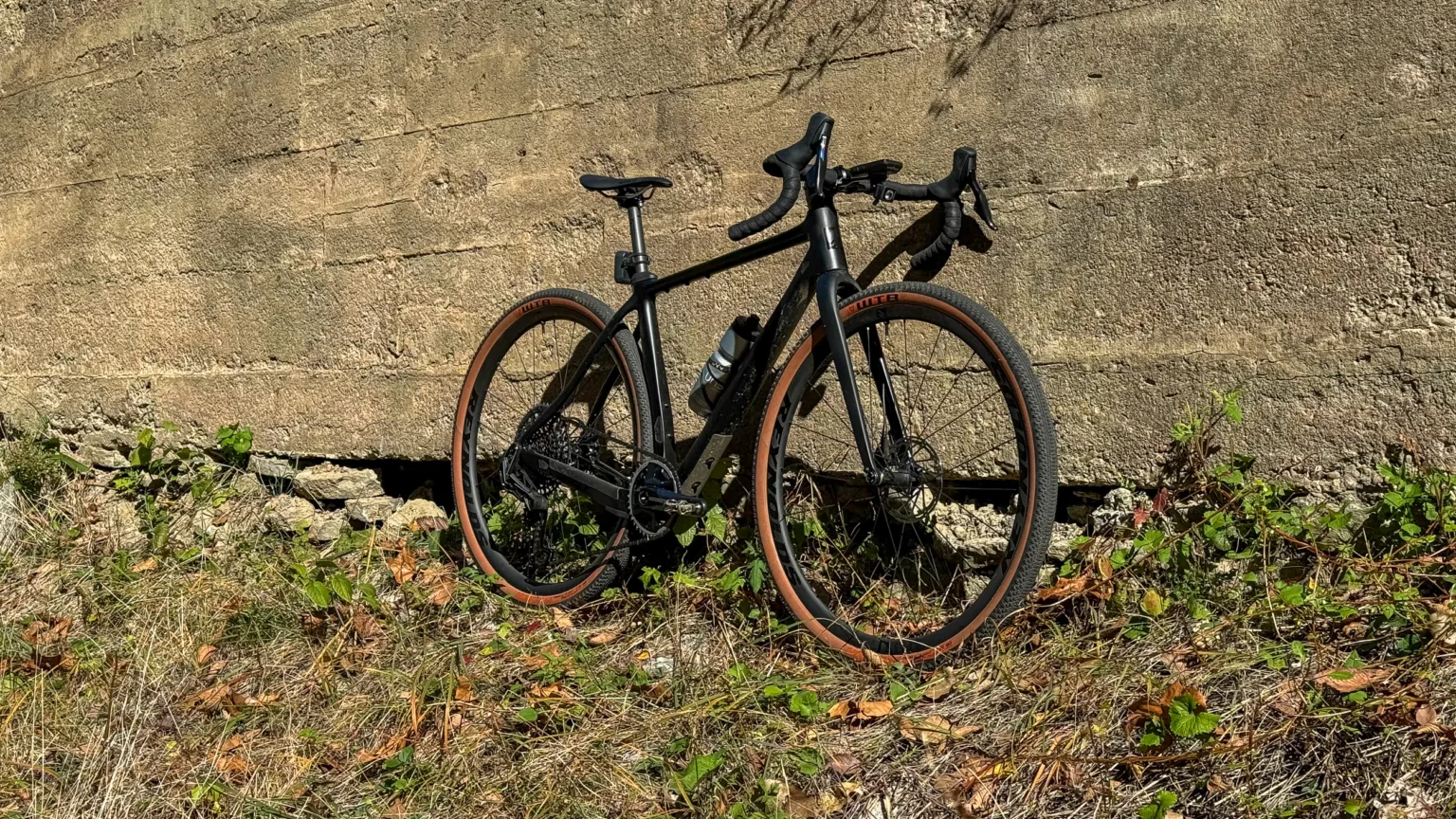
The 700c x 40mm WTB Vulpine tires that come with the bike are fine, but I would immediately swap these out for the Vulpine 45, or Vulpine S 45. The difference in ride quality from the 40 to the 45 is dramatic, and the weight difference is only about 60g per tire. Both the 40 and 45mm tires are slightly undersized, but the 40mm tires seem to run more undersized, not even measuring 39mm. Racers may enjoy the 40mm tires (although even that is debatable with gravel pros running bigger and bigger tires), but swapping out to the 45mm rubber on the Vault really made the bike feel more confident and composed in almost every circumstance.
Riding Away

That last bit sums up the Pivot Vault quite well. It is a gravel bike that inspires speed and confidence in nearly all conditions, all while remaining supremely comfortable. I would buy this bike if I wanted something that was race-ready, but was equally comfortable exploring my backyard roads and trails. It’s a massive and welcome improvement from the previous generation of the bike, from the geometry to the tire clearance, and the expanded versatility.
